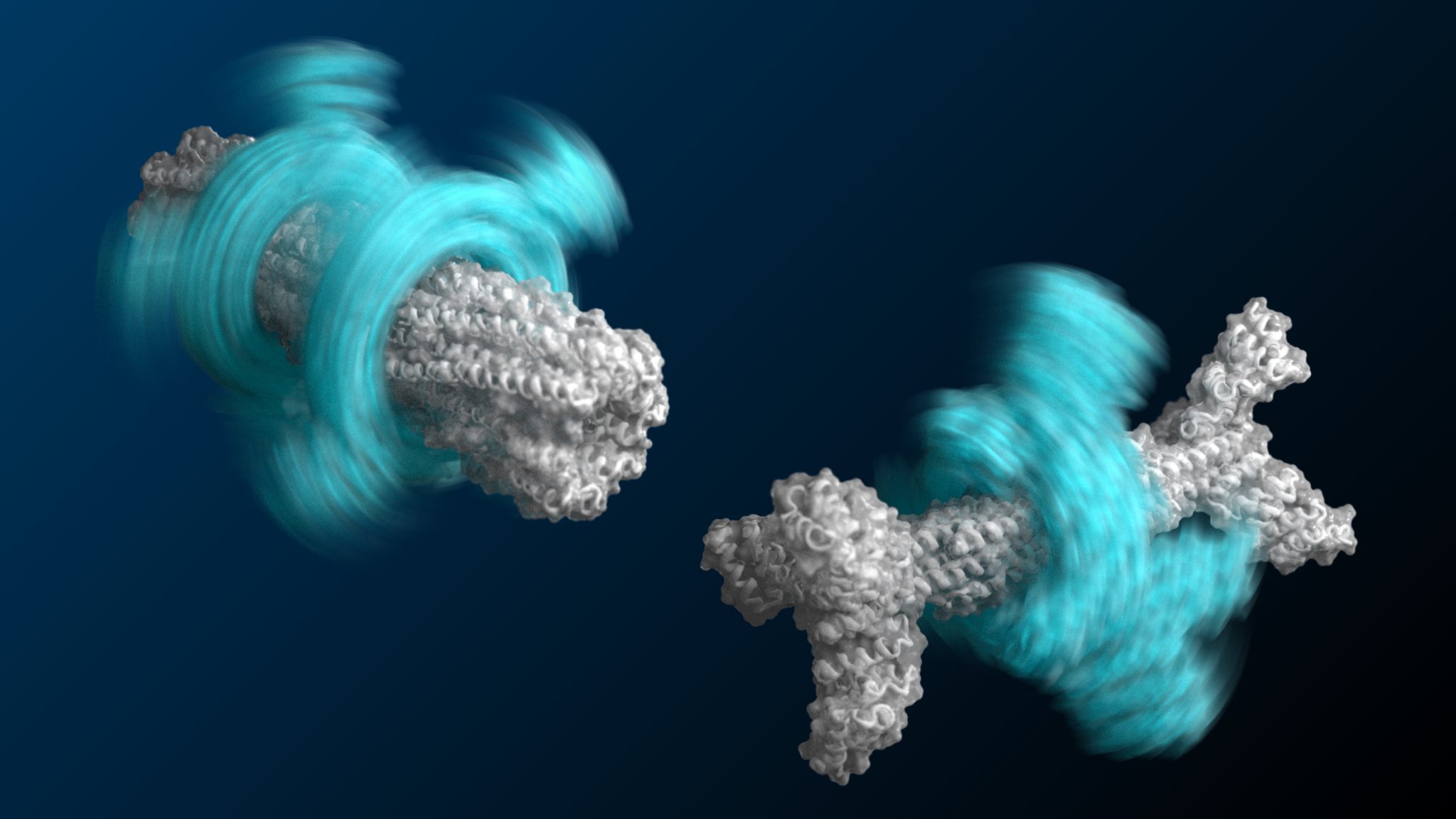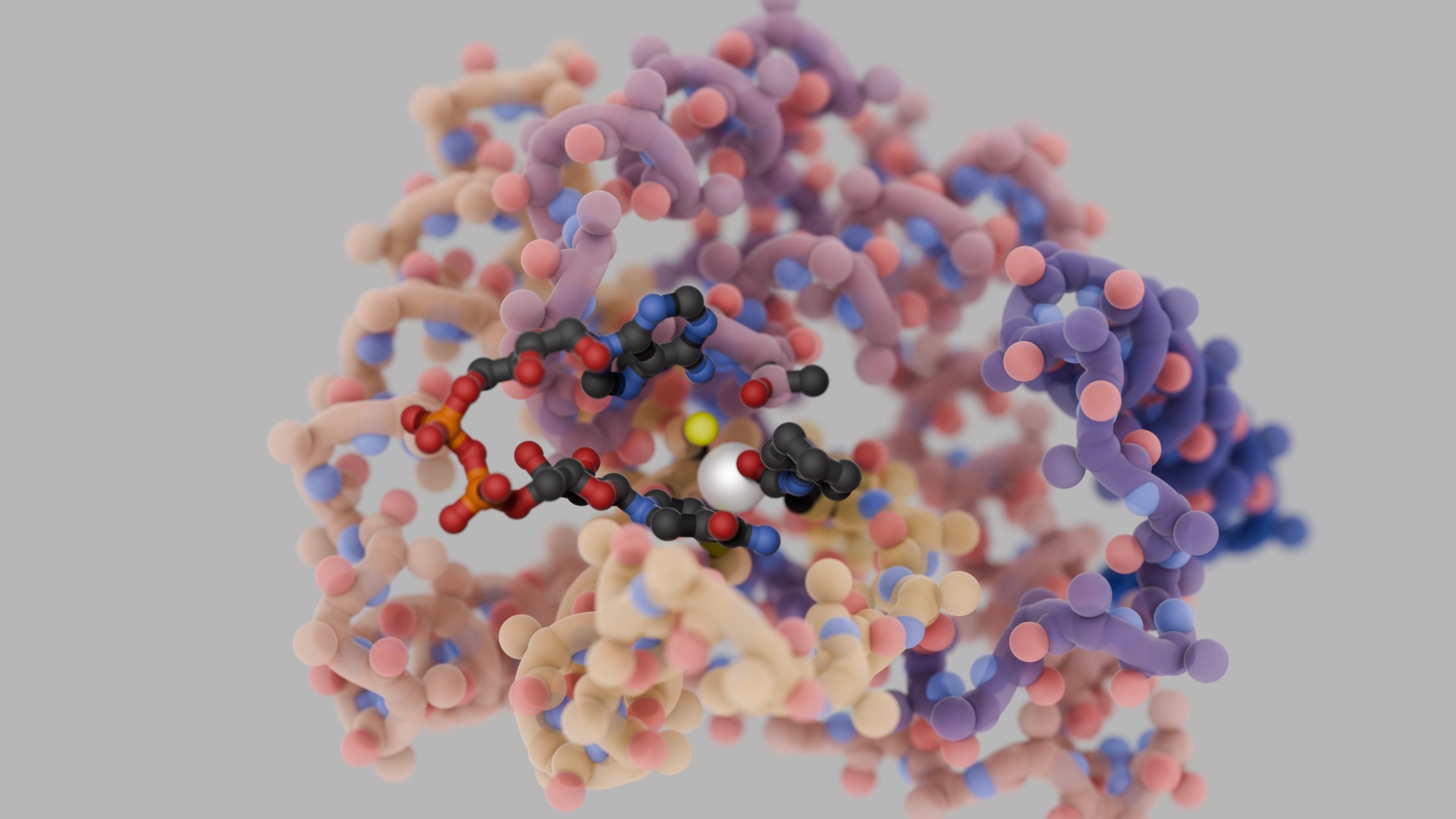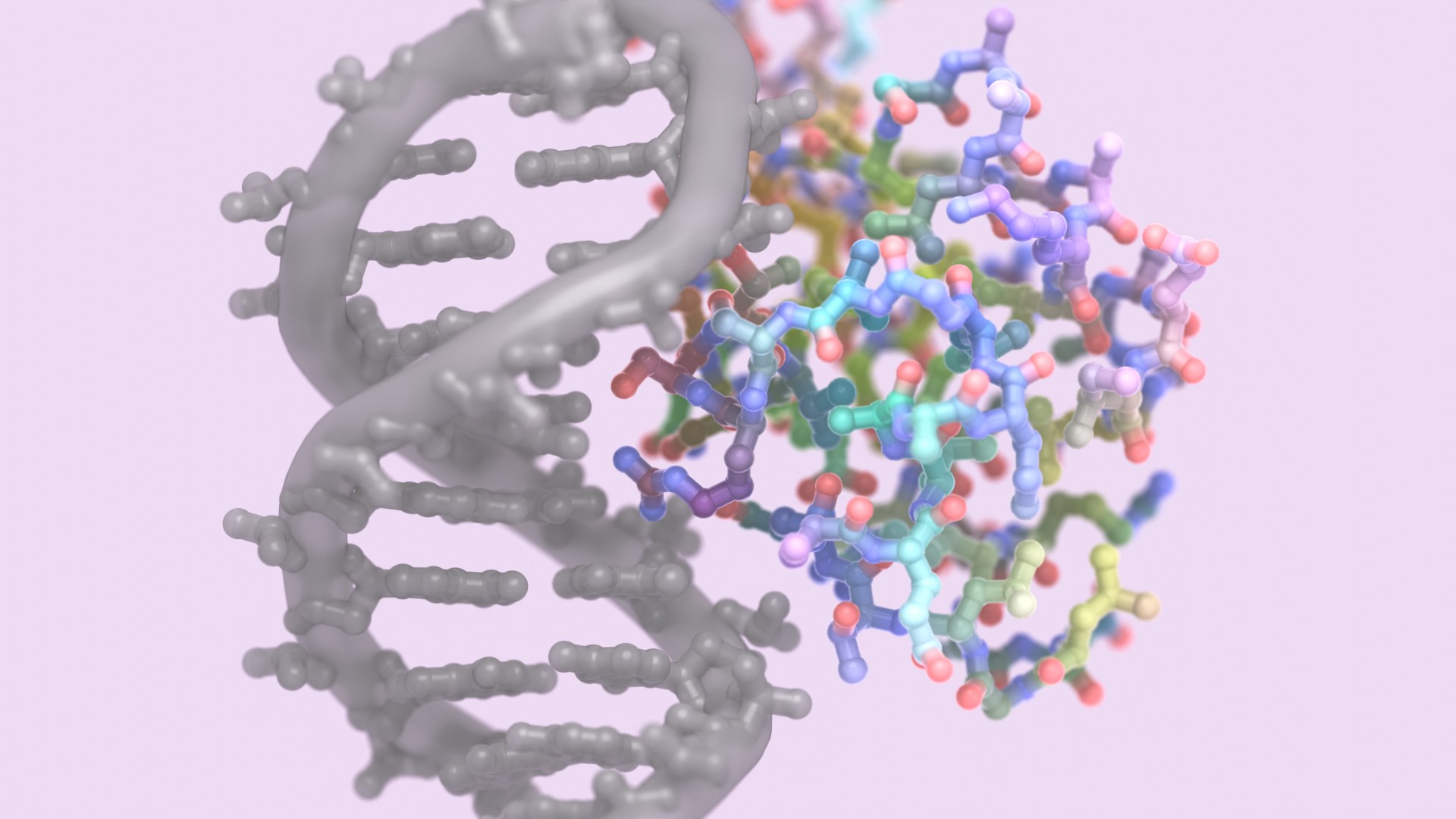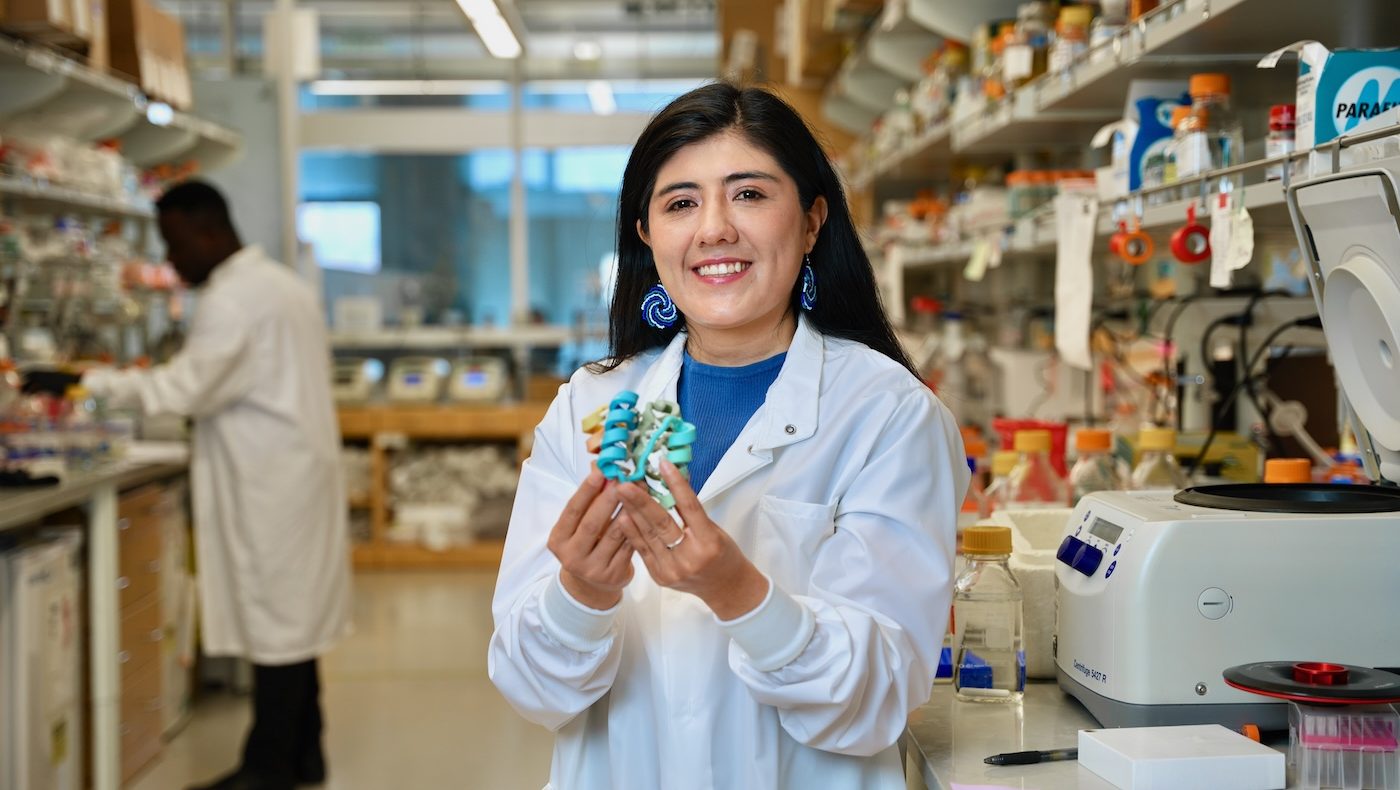Today we report in Science the design of rotary devices made from custom proteins. These microscopic “axles” and “rotors” come together to form spinning assemblies, rather than being locked in just one orientation. Such mechanical coupling is a key feature of any machine.
The new axle-rotor devices — which are each about a billion times smaller than a poppy seed — were designed on computers, produced inside living cells, and studied in the lab.
This research paves the way for a new generation of nanoscale machines in which the motion of the components is powered by solar energy or chemical fuel.
The project was led by biochemist Alexis Courbet, a postdoctoral scholar in Baker lab, and by Jesse Hansen, a recent graduate student in the laboratory of Justin Kohlman, an associate professor of biochemistry at UW Medicine.
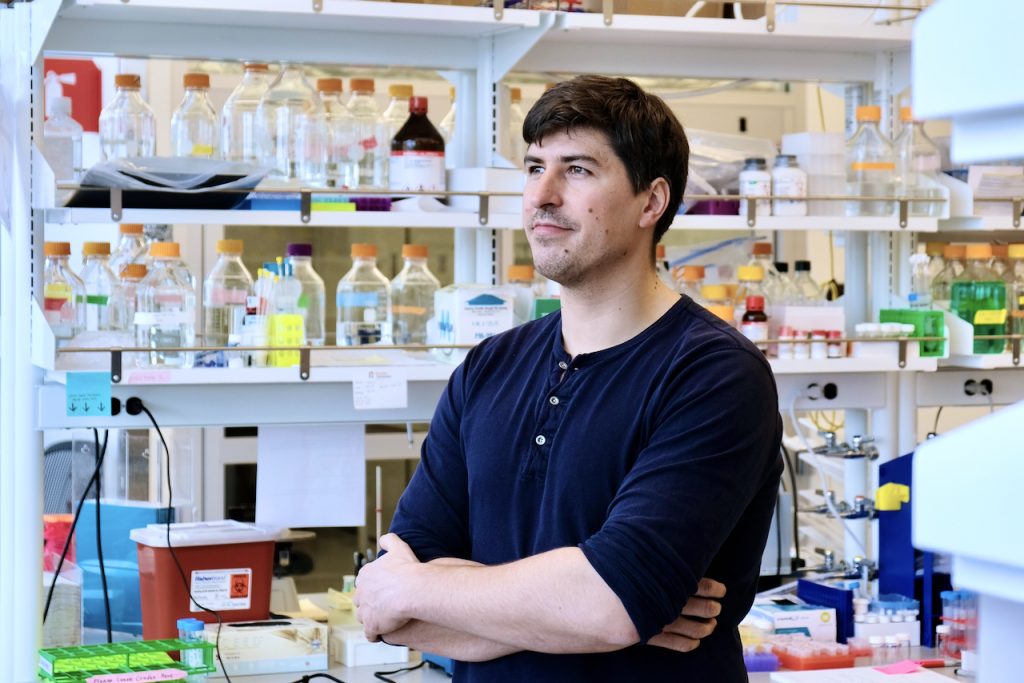
“One of our goals is to create nanomachines that might one day circulate through the blood and autonomously remove unwanted plaques or even cancer cells,” said Courbet. “We know that very complex machines can be assembled from simple parts.”
Scientists from the Kohlman and Veesler labs at UW Medicine used electron microscopes to visualize the rotation of the new protein devices.
This work was supported in part by The Audacious Project at the Institute for Protein Design, Open Philanthropy, National Science Foundation, and a Washington Research Foundation Senior Fellowship. A full list of funders can be found in the manuscript.

